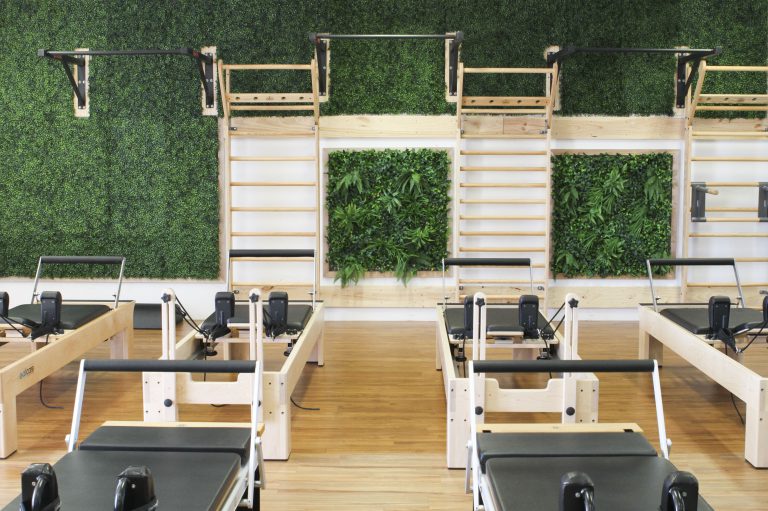What is hydrotherapy?
Hydrotherapy is the use of water to help with treatment and management of a wide variety of conditions. Not only was this form of therapy utilised right back in the days of the ancient Greeks and Romans but is still a very popular treatment today. There are different techniques that come under the umbrella of hydrotherapy and one of these that Physiotherapists frequently use is water-based rehabilitation or “Aquatic Physiotherapy”. An assortment of various exercises can be performed in the water to achieve therapeutic benefits, some as simple as walking and functional movements such as squatting and lunging.
What are the Benefits of Hydrotherapy?
- Reduction of muscle tension/tightness and spasm
- Reduction of pain
- Improvements in muscle strength and endurance
- Improved balance and stability
- Improved joint mobility
- Positive effect on perceived well-being and quality of life
- As well as the benefits achieved from general exercise such as improved cardiovascular health and mental health
How is it Different from Exercising on Land?
There is no doubt that exercising on land (and really any form of exercise in that case) is good for you! However for various reasons this is not always possible and this is where hydrotherapy can really be beneficial.
Buoyancy
Buoyancy is the upward force provided to your body when immersed in water. This means that the water takes your weight and reduces the effects of gravity on your body. The deeper you are immersed in the water, the greater this effect. The result of this is reduced load on your joints and other body structures which can make exercise much more comfortable.
Moving in the same direction as the buoyant forces (ie towards the surface of the water) can also work to assist movement. For example when trying to improve range of movement after shoulder surgery, it is much easier to lift your arm in a pool with the help of the water than to lift it against gravity. Being able to move with less pain means you will have better movement patterns and achieve greater benefit from your exercises.
Hydrostatic Pressure
Hydrotherapy provides a very supportive environment for the body to exercise not only due to buoyancy but also hydrostatic pressure. When you are in the water there is a gentle pressure applied by the water to each body area. This pressure increases the deeper you are in the water however at any given depth is equal. Ie if you are in the hydrotherapy pool after having a knee replacement, the hydrostatic pressure provides a gentle, even pressure around your knee which supports it through movement. Hydrostatic pressure also works to provide gentle compression which can help control swelling.
Temperature
There are added benefits to performing hydrotherapy in heated water as warmth helps to decrease muscle tension (leading to reduced muscle soreness, greater muscle extensibility and improved range of movement), improve blood circulation and also has a pain-relieving effect. This also means that hydrotherapy can be accessible all year round.
Resistance
Hydrotherapy does not always mean that the exercises are easier. Depending on the goal or purpose of the exercise you are performing the water can be used to add resistance and increase the work on your muscles. It can be used to aid muscle activation, strength, endurance and also work the cardiovascular system.
Water Movement
The constant and changing movement of water can also provide large benefits, particularly when it comes to improving balance and proprioception in a safe environment.
Can Hydrotherapy Help Me?
There are a wide variety of conditions that Hydrotherapy can be beneficial for and more research is being conducted in this area. Some of these include:
- Osteoarthritis
- Rheumatoid Arthritis
- Fibromyalgia
- Common Musculoskeletal Pain eg. Low Back Pain
- Post-surgical eg. joint replacements, arthroscopies, joint reconstructions
- Cerebral Palsy
- Multiple Sclerosis
As with any exercise program it is important to get instruction and guidance, our Physiotherapists are happy to help answer any questions you have about Hydrotherapy and how it can be of benefit to you.
Allissa King
Physiotherapist
References
Baena-Beato PA et al. Aquatic therapy improves pain, disability, quality of life, body composition and fitness in sedentary adults with chronic low back pain. A controlled clinical trial.. 2014; 28(4): 350-60
Lai CJ et al. Pediatric aquatic therapy on motor function and enjoyment in children diagnosed with Cerebral Palsy of various motor severities. Journal of Child Neurology. 2014; 30(2): 200-208
Lu M et al. Effectiveness of aquatic exercise for treatment of knee osteoarthritis: systematic review and meta-analysis. Z Rheumatol. 2015; 74(6): 543-552
Methajarunon P et al. Systematic review of published studies on aquatic based exercise for balance in patients with Multiple Sclerosis, Parkinson’s disease and Hemiplegia. Hong Kong Physiotherapy Journal. 2016; 35: 12-20
Silva KM et al. Effect of hydrotherapy on quality of life, functional capacity and sleep quality in patients with Fibromyalgia. Rev Bras Reumatol. 2012: 52(6): 851-7


